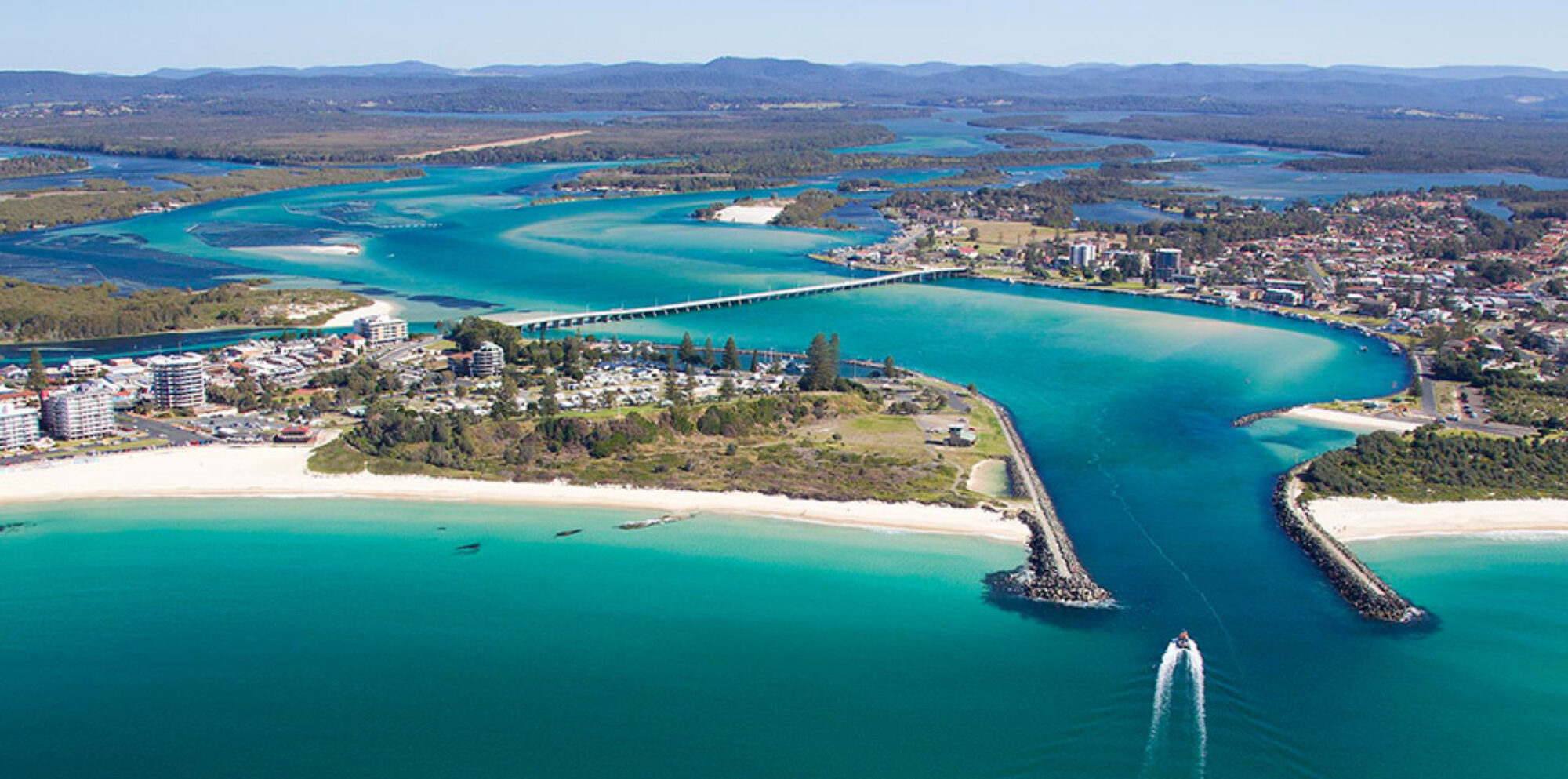Maintain hydration during outdoor activities is often a major challenge. It requires planning to ensure that people have enough water to participate safely. One of the major challenges is the weight associated with carrying enough water. As a result, part of the route planning (link to navigation) should involve planning for where water can be accessed.
One indicator of dehydration is weight loss. Most people will tolerate up to 2% weight loss without any negative consequences. More than this and performance can be impaired. Some examples of this can include irritability, poor decision making, fatigue and a lack of balance. In extreme circumstances, weight loss of more than 10% can have more dramatic and permanent impacts such as kidney issues, heart failure or an increased risk of stroke.
Another indicator which is more practical in an outdoor setting is to examine the colour of urine. Adequate hydration can be shown by a light, straw coloured urine. Progressively darker urine can be a good indicator that more fluid needs to be consumed.
Infographic courtesy of Healthdirect Australia.
To avoid issues with locating water that is potable (drinkable), it is important to be prepared to purify water. Not doing this can lead to serious health consequences that dramatically impact on an individual’s health and enjoyment of the outdoor experience. There are many methods of ensuring water for human use, including simple actions such as boiling water through to chemical methods such as purification tablets. The article below highlights some of the different technologies available to bushwalkers to clean water.
Australian Hiker | Water and Hiking: Filtration

